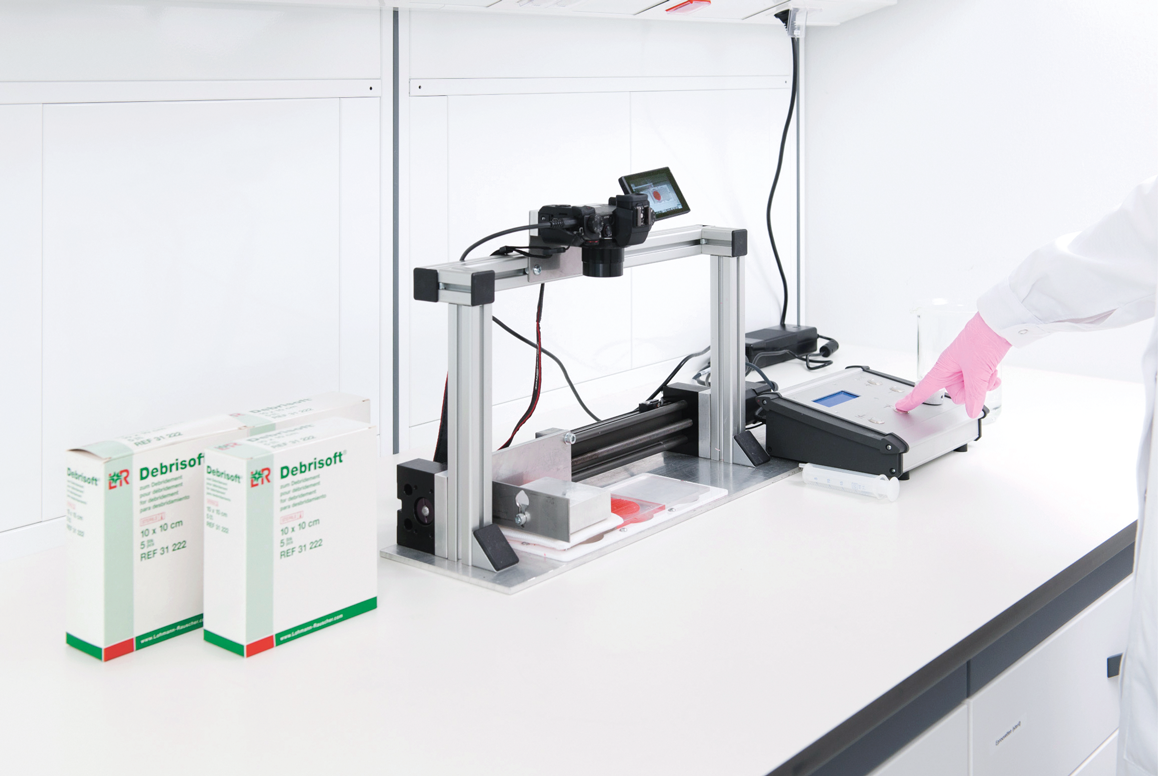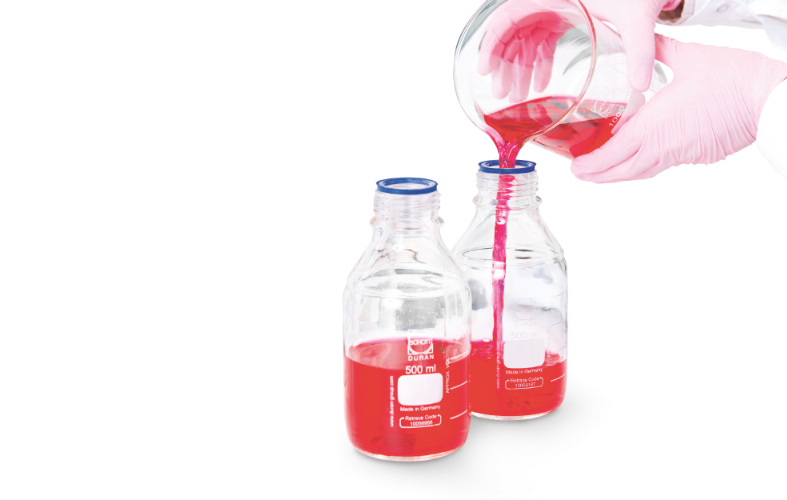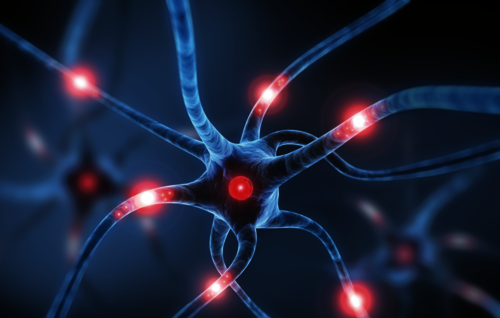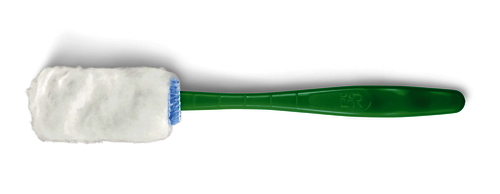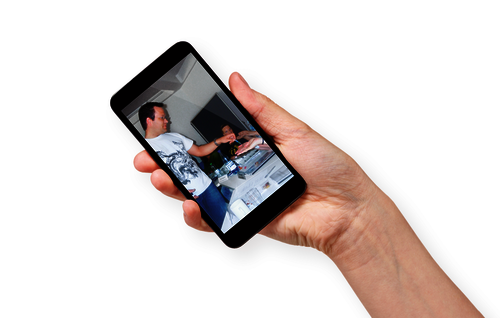L&R is expanding its laboratory capacity at its development facility in Schönau an der Triesting and is investing in an in-house centre of excellence with a focus on biofilm and the development of antimicrobial wound dressings. Expansion of the microbiology laboratory, which is now almost twice its previous size, will enable not only internal optimisation of development processes but also comparative testing and analysis of new product solutions using standardised methods. The main focus is research into biofilm, which is a critical element in almost all chronic wounds, and the development of effective antimicrobial wound dressings based on this research.
By establishing this new centre of excellence, L&R is raising the bar in biofilm research. The laboratory is home to an interdisciplinary team of microbiologists, chemists, biologists and textile engineers, who are delving into the problem of biofilm from a medical perspective. “Having greater capacity, new laboratory equipment and additional workspaces provides us with an excellent starting point for optimising our research and development activities. We are now able to internally carry out comparative testing and analysis of new production solutions using standardised methods”, explained Dr Christian Rohrer, Head of Research & Development at L&R.
Virtual tour of Schönau
On the occasion of the establishment of the centre of excellence, L&R Research & Development invited international experts from the fields of clinical medicine and research to a symposium at the company’s training centre in Vienna – a good opportunity for sharing information about the latest research findings on the topics of biofilm and wound healing. Employees at the Rengsdorf, Vienna, Schönau and Slavkov sites joined by live video conference. They were able to take part virtually both in the lively discussions and to take the virtual tour through the new laboratory.
Microorganisms – friend or foe?
In her presentation on the importance of microorganisms to human health, Professor Christine Moissl-Eichinger explained that “when the relationship between the human body and microbes becomes unbalanced, you get dysbiosis, a condition which is linked to a variety of diseases such as diabetes or inflammatory bowel disease”. She noted that the presence of a wide variety of microorganisms is crucial for a healthy microbiome because this is a sign of a stable ecosystem.
Humans are host to a large number of microorganisms, the so-called microbiome. The invisible microbes colonise the skin, mucous membranes in the intestines and nose and other niches. We usually live in harmony with them; they interact with our immune systems, aid in digestion and produce substances which are important and useful to us.
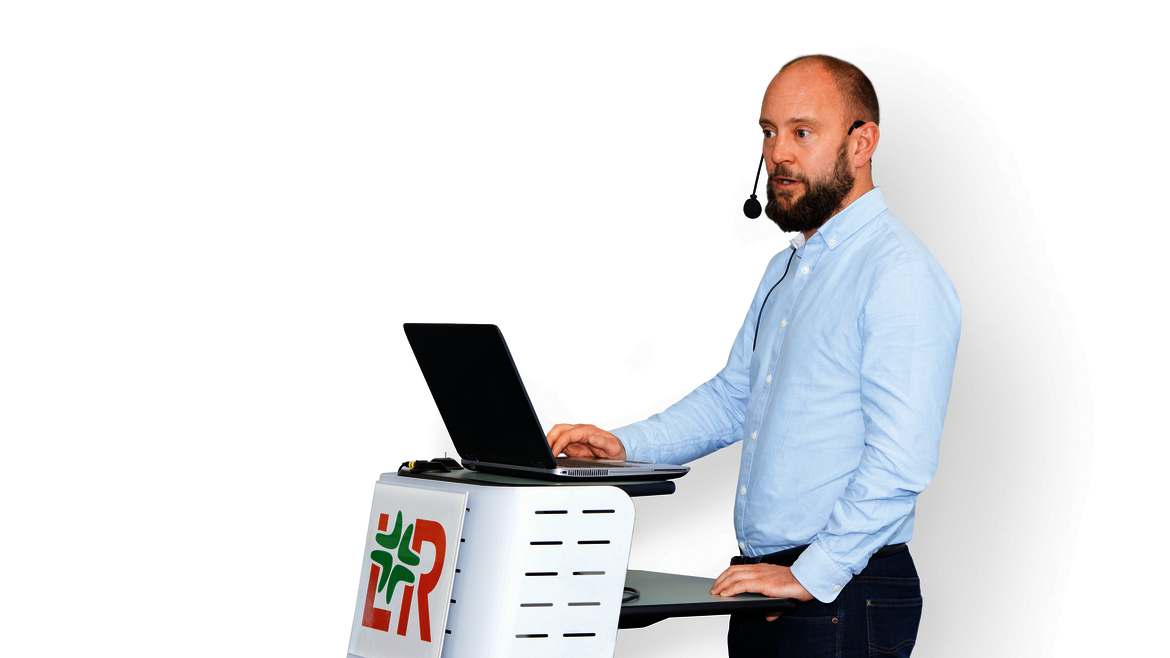
Biofilm is a collective made up of tiny single-cell organisms.
Microbes know how to protect themselves
Microorganisms – bacteria, fungi and algae – are all survival specialists that have a great capacity to adapt. A biofilm is a collective of microorganisms which create their own microcosmos to protect themselves from adverse environmental influences. They surround themselves with an aqueous coating of biopolymers – a hydrogel which acts as a protective matrix. It is enhanced by all manner of substances, such as metabolites or signaling substances, which help the microorganisms communicate with each other. This makes biofilm a tenacious problem because it protects the microbes from drying out and from outside attacks.
According to the latest studies, around three-quarters of all chronic wounds are colonised with biofilm. Treating it there is a big challenge. The problem is that neither the body’s immune system nor antimicrobial drugs can neutralise microorganisms there. Prof. Thomas Bjarnsholt from the department of clinical microbiology at the University of Copenhagen, Denmark, laid out the medical challenges. “Biofilm is being seen increasingly in connection with many chronic infections, including chronic wounds. It is likely responsible for delayed wound healing in chronic wounds. New treatment strategies are required to tackle this problem effectively.” The standard of care for chronic wounds has been targeted debridement of the biofilm followed by antimicrobial treatment. As an alternative, L&R is already offering innovative solutions to this problem. The Debrisoft Monofilament Fibre Pad effectively and gently removes slough and debris. The Debrisoft Lolly was developed specifically for debriding deep wounds.

Diagnostic techniques under the microscope
According to Dr Georgina Gethin of Galway, Ireland, developing methods to diagnose biofilm is very challenging. Randomised controlled trials would be the best study design to establish the value of a diagnostic technique, but it is not easy to obtain a natural biofilm under artificial laboratory conditions. This limits the significance of in vitro test methods which are based on model systems for biofilms. For example, Dr Cornelia Wiegand, Jena, Germany, has found contradictory study findings. She says this can be attributed to different model systems which deviate significantly in terms of their characteristics and results. She advises taking this into account when selecting a test method and interpreting the results.
Prof. Tom Coenye, Ghent, Belgium, also discussed the large number of different in vitro and in vivo model systems for biofilm. The model systems are necessary, he says, to gain a better understanding how biofilm forms tolerances and resistances. “They are helpful when studying the efficacy of new antimicrobial products and are therefore essential for their development”, Coenye notes. “However, there is a lot of variability in the significance of in vitro and in vivo systems, which must be taken into account when interpreting the data.”
After the presentations, the participants were given a virtual tour to get a full understanding of the expanded facilities and the new opportunities provided by the new L&R microbiology laboratory. Wolfgang Süßle, Managing Director, and Dr Christian Rohrer gave positive reviews of the event. “Establishing a new biofilm centre of excellence really does appear to be the right thing to do at this point in time. Anyone involved with optimising the treatment of chronic wounds will be dealing with the topic of biofilm. Evaluating new model systems is a challenge, but it is indispensable for developing new methods and antimicrobial products. The L&R Group wants to actively participate in this process and the new lab provides the best environment for doing that.”
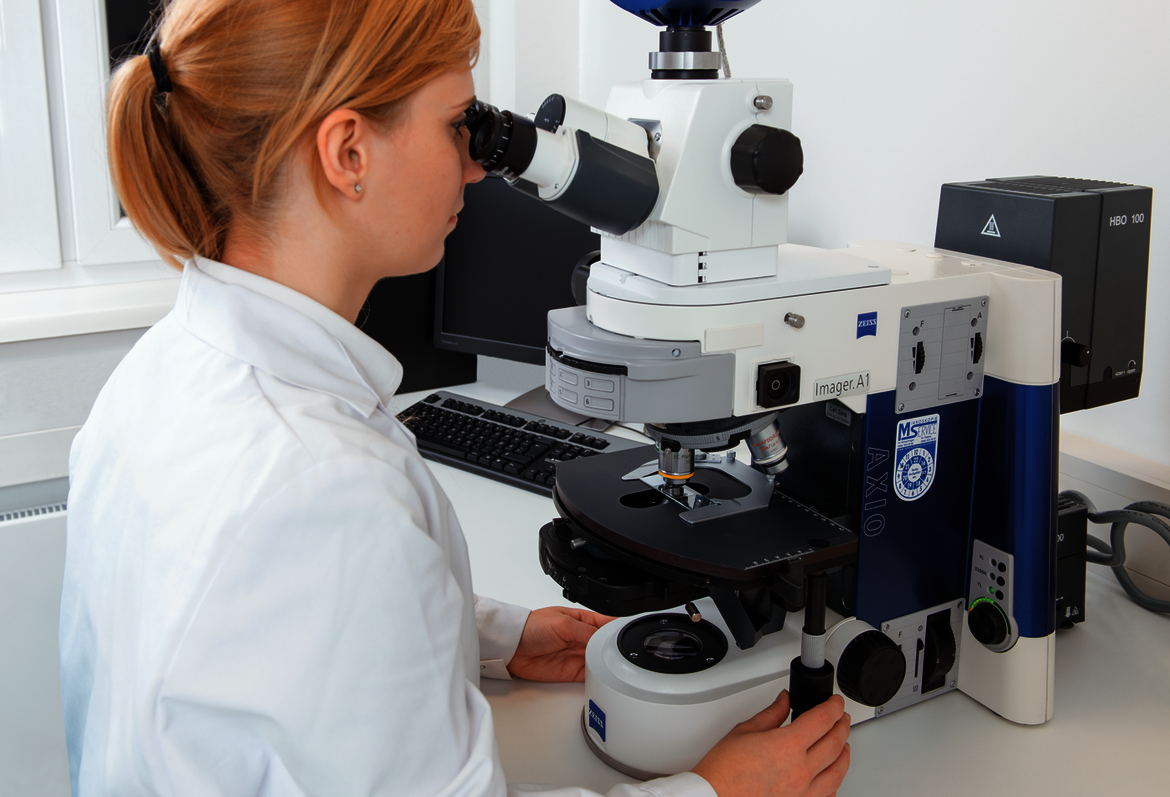
„Establishing a biofilm centre of excellence really does appear to be the right thing to do at this point in time.“
